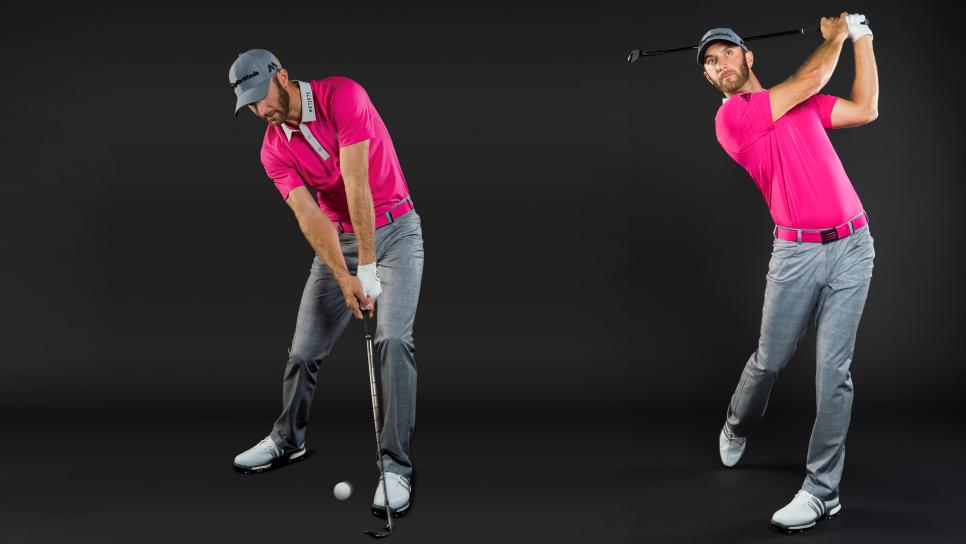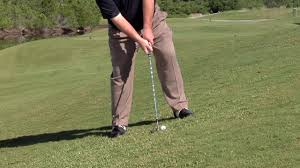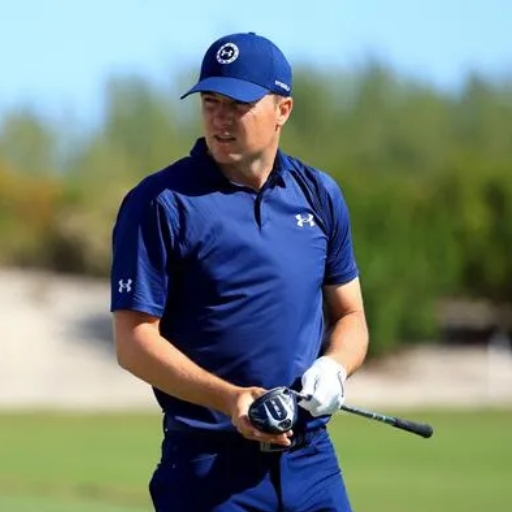Hitting a flop shot can feel like a daunting task for many golfers, but it’s a skill that can elevate your short game and impress your friends on the course. This high-arcing shot is not just about technique; it’s about confidence, practice, and understanding the right conditions to use it. In this article, we’ll dive deep into the mechanics of the flop shot, how to execute it effectively, and tips for mastering this impressive skill.
Understanding the Flop Shot

The flop shot, also known as a lob shot, is a high, soft shot that lands with minimal roll. It’s particularly useful when you need to clear an obstacle, like a bunker, or when the pin is tucked close to the edge of the green. Mastering this shot can significantly enhance your short game and give you an edge over your competitors.
Key Components of a Successful Flop Shot
Club Selection
Choosing the right club is crucial for executing a flop shot. You’ll want to use a wedge with a high loft, typically a 58-degree or 60-degree wedge. The loft helps lift the ball into the air, while the bounce allows for a smoother contact with the turf.
Stance and Setup
Your stance should be slightly open, with your feet positioned wider than shoulder-width apart. This stance helps you maintain balance and control during the swing. Position the ball forward in your stance, closer to your front foot, to encourage a higher launch angle.
Open the Clubface
Opening the clubface is essential for increasing the loft. This adjustment allows the club to slide under the ball, creating the necessary lift. Aim the clubface slightly skyward to facilitate this.
Weight Distribution
For a successful flop shot, shift about 70% of your weight onto your front foot. This positioning encourages a downward strike, which is vital for achieving the desired height and spin.
The Swing
When swinging, focus on a smooth, controlled motion. Start with a full backswing, keeping your wrists relaxed. As you swing down, maintain the angle of the clubface and avoid the instinct to scoop the ball. Instead, let the club’s loft do the work for you.
Follow Through
A complete follow-through is essential for a successful flop shot. Ensure that your club finishes high, which helps maintain the shot’s trajectory and spin. A good follow-through also indicates that you’ve committed to the shot.
How to Hit the Flop Shot

Finding the Right Conditions
Before you hit the course, practice your flop shot in various conditions. Look for a practice area with different lies—tight grass, fluffy grass, and even sand—to simulate real-game situations.
Drills to Improve Your Flop Shot
- Towel Drill: Place a towel a few feet behind the ball. Practice hitting flop shots without hitting the towel. This drill encourages you to focus on your swing path and follow-through.
- Target Practice: Set up targets at different distances on the green. Practice hitting flop shots to these targets, adjusting your swing length and speed as needed.
- Video Analysis: Record your swings and analyze them. Look for areas of improvement, such as your stance, swing path, and follow-through.
Common Mistakes to Avoid
Scooping the Ball
One of the most common mistakes golfers make is trying to scoop the ball into the air. This often leads to skulls or thin shots. Instead, focus on a downward strike with the clubface open.
Incorrect Ball Position
Placing the ball too far back in your stance can lead to poor contact. Ensure the ball is positioned towards your front foot for optimal results.
Overthinking the Shot
While it’s essential to focus on technique, overthinking can lead to hesitation and poor execution. Trust your practice and commit to the shot.
When to Use the Flop Shot

Understanding when to use the flop shot is just as important as knowing how to hit it. Here are some scenarios where a flop shot is ideal:
- Bunkers: When you need to get out of a bunker and land softly on the green.
- Short-sided Pins: When the flag is tucked close to the edge of the green, and you have little room to work with.
- Obstacles: When you need to clear a hazard, like a tree or a water hazard, to reach the green.
Mental Approach to the Flop Shot
Visualization
Before hitting the shot, visualize the trajectory and landing spot. This mental rehearsal can boost your confidence and improve execution.
Stay Relaxed
Tension can hinder your swing. Take a deep breath, relax your grip, and approach the shot with a calm mindset.
Advanced Techniques for the Flop Shot
Once you’ve mastered the basic flop shot, consider experimenting with advanced techniques:
Adjusting for Wind
Wind can significantly affect your flop shot. If it’s windy, you may need to adjust your aim and swing to compensate for the conditions.
Varying the Trajectory
Practice hitting flop shots with different trajectories. You can achieve this by adjusting your swing speed and the angle of your clubface.
Conclusion
Mastering the flop shot is a game-changer for golfers looking to enhance their short game. By understanding the mechanics, practicing diligently, and avoiding common mistakes, you can confidently execute this impressive shot on the course. Remember, the key is to practice regularly and trust your instincts. Soon enough, you’ll be hitting flop shots like a pro!
FAQs
What is a flop shot in golf?
A flop shot is a high-arcing shot that lands softly on the green with minimal roll, often used to clear obstacles or when the pin is tucked close.
2. Which club should I use for a flop shot?
Use a high-lofted wedge, typically a 58-degree or 60-degree wedge, for the best results.
3. How do I position the ball for a flop shot?
Position the ball forward in your stance, closer to your front foot, to help achieve a higher launch angle.
4. What are common mistakes when hitting a flop shot?
Common mistakes include scooping the ball, incorrect ball position, and overthinking the shot.
5. When should I use a flop shot?
Use a flop shot when you need to clear an obstacle, reach a short-sided pin, or escape from a bunker.

I am the owner of Ricks Golf Shop, a popular destination for golf enthusiasts. My passion for golf began in my teenage years and has only grown over the years. With over 10 years of experience in the golf industry, I offer expert advice and quality products. With a friendly demeanor and extensive knowledge, I ensure every customer leaves happy.
